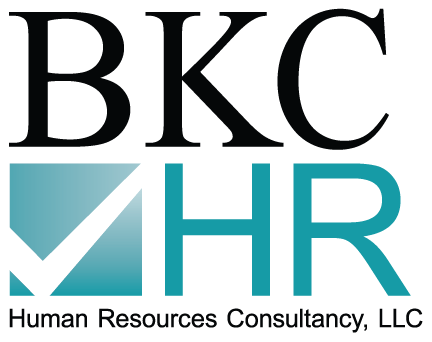 The nonprofit world has already seen a number of board shakeups this year— from board members resigning en masse from the Frost Science Museum following fundraising and cash-management woes, to the issues at the Northwest Museum of Arts and Culture in Spokane, in which a spiraling relationship with the board led to the firing of the CEO.
The nonprofit world has already seen a number of board shakeups this year— from board members resigning en masse from the Frost Science Museum following fundraising and cash-management woes, to the issues at the Northwest Museum of Arts and Culture in Spokane, in which a spiraling relationship with the board led to the firing of the CEO.
The right qualifications, a good cultural fit, dedication to the mission and a solid dynamic among nonprofit leaders are critical for a healthy organization.
A crucial challenge for both new and long-standing nonprofit organizations is how to find and keep the right leadership group in place. Board members can make or break a nonprofit, depending on their abilities, decisions and group dynamic. Let’s address how you can locate the right mix of board members and set them up for success.
The Big Question: Where Do You Find Potential Board Members?
Even if you already have a solid board of directors in place, it won’t remain the same forever. The board must engage in an ongoing process to use its current connections and to establish new relationships to draw from an expanding and increasingly diverse pool of potential candidates.
When you are identifying potential candidates, it is better to make your criteria as specific as possible to ensure you are only considering the candidates who prove to be a good fit for the organization. One way to find candidates who fit your culture and mission is to look to people who have already shown an interest in the work of the organization. If no one qualified has already shown an interest, you can bolster your recruiting efforts by holding events designed to introduce the work of your organization to a key pool of qualified people.
Finding the right board members is not a simple task; one or more leaders, or possibly a committee of the board, should be tasked with this role to ensure someone is accountable for advancing the effort. Determine who will be responsible for contacting candidates with materials and developing the messaging to use when approaching potential candidates. However, nonprofit organizations don’t have to take on this task alone. There are various consultants and programs that assist with everything from establishing board recruitment plans to seeking out board members.
Determining the Right Skill Sets Needed on the Board
A nonprofit board should be composed of a diverse group of individuals with various skill sets in order to carry out its fiduciary responsibilities most effectively. Depending upon the mission of an organization, the skill sets needed vary. In addition to individuals who are passionate and knowledgeable about the mission of the organization, it might be beneficial to have individuals with legal, financial, development or technical backgrounds on the board. Demographic diversity is also very important, as the most effective boards represent individuals of diverse backgrounds.
Integrating New Board Members
Like your organization, the board is a community in itself. New members must be welcomed and oriented to its culture. Develop a board manual for new board members that includes standard documents, including the mission, bylaws and other important literature, as well as job descriptions for the positions to be filled. In addition, the organization should provide an orientation to walk through the expectations for new board members, the code of conduct and interactive training on the organization’s code of ethics.
To help new members get acclimated and actively participating, provide them with a clear role on the board, including committee assignments. From the very beginning, new board members should be brought into board conversations. It’s also helpful to provide new members with a mentor who can address their questions and check in on them periodically.
An ineffective board of directors can severely hurt an entity’s financial health and reputation, so it’s crucial for leadership to put the right recruiting and onboarding processes in place, and to seek assistance if necessary to ensure it can secure collaborative and qualified new board members.
Article reprinted from the BDO Nonprofit Standard blog.
By Laurie De Armond, CPA




